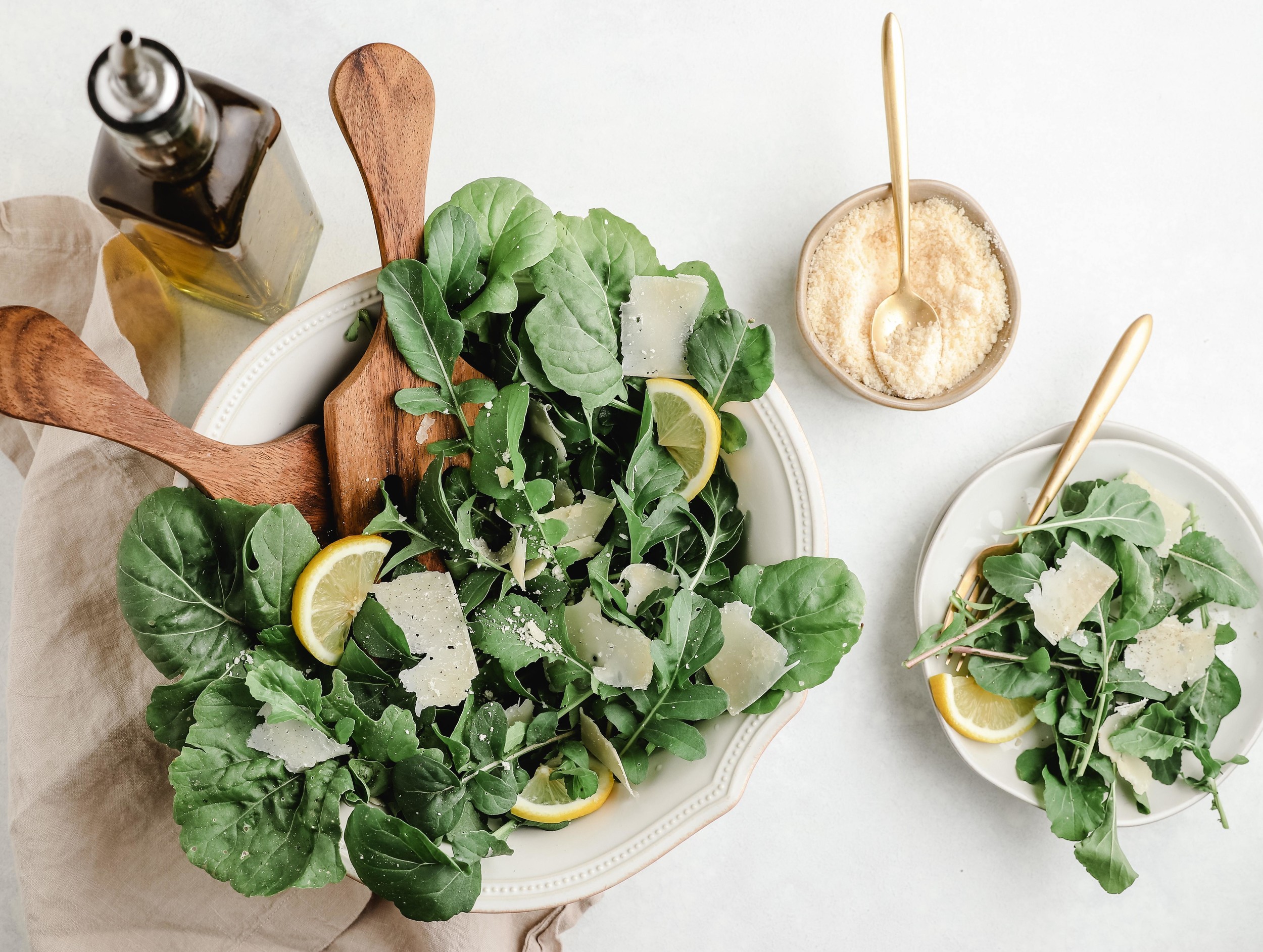Health & nutrition

One of life’s great pleasures
Whether eating casually or getting together for feasts, food is one of life’s great pleasures. Vegetarian and vegan food is exciting, sexy and the way of the future!
Try some of our online recipes and enjoy! We also sell our Home Tried Favourites recipe book which contains easy recipes that have been tried and tested by our members. Alternatively check out your local library or the internet for mouth-watering vegetarian recipes.
Better Health
Taking control of your health and quality of life starts with a plant-based diet. Vegetarians tend to have better health, live longer and have a lower risk of heart disease, diabetes, obesity and some cancers. Fruits, vegetables, legumes and grains are packed with antioxidants and phytonutrients and are not only your best bet for disease prevention, they can be an easy way to reverse damage already done. Follow the Power Plate to optimal health.

Looking for weekly meal plans? Try these:
